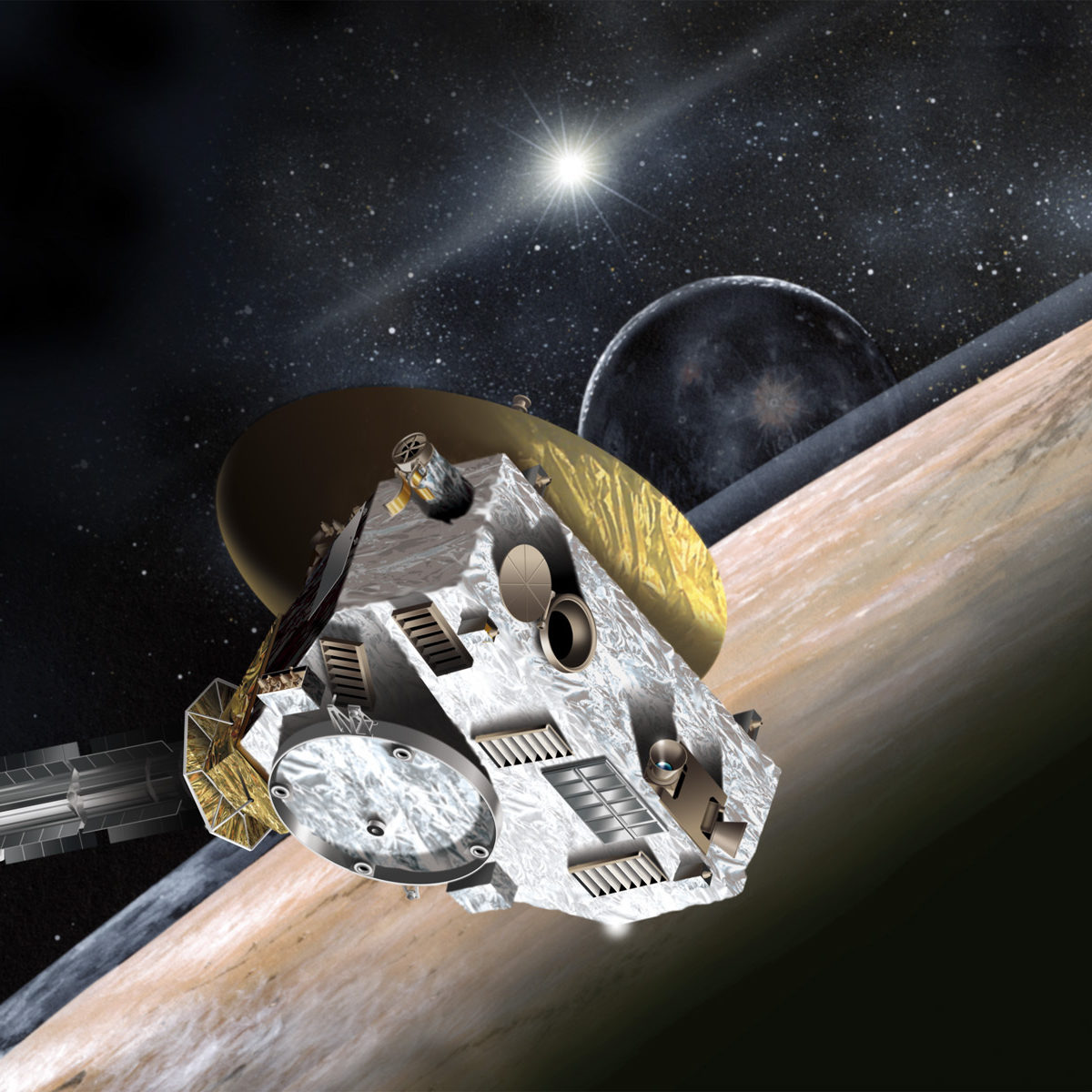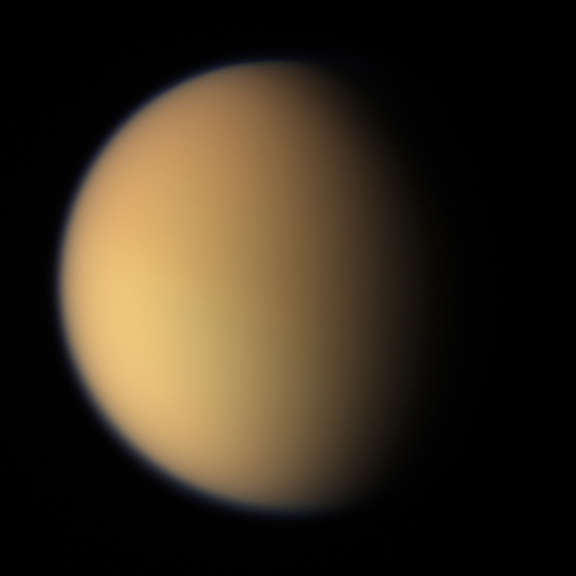All
All
Stories, updates, insights, and original analysis from The Planetary Society.
Jani Radebaugh, Titan Explorer
Robotic space exploration is human exploration. Meet one of the people behind the machines.
Dunes on Tatooine
The fictional world Tatooine, scene of action in the Star Wars movies, is named after a town in Tunisia, where parts of the movies were filmed. The desert backdrops against which the movies were filmed are real terrestrial landscapes, which prove to be perhaps unexpectedly dynamic.
Scale comparisons of the solar system's major moons
A few presentation slides with pretty pictures, sized to scale, of the large moons of the solar system.
Favorite space images: "Many Worlds"
For this evening's Planetary Radio Live event, Mat Kaplan asked me to do a presentation of some favorite space images. I told him that picking favorite space images is like picking favorite children; it's not possible because they're all my favorite. To narrow things down, I decided to explore a theme:
One Ocean World Among Many
I'm absolutely floored when I stop to think that our beautiful blue ocean is only one of perhaps a half dozen or more oceans on other worlds in our solar system, and only one of probably millions (or more) oceans on other Earth-like planets in our galaxy. Oceans abound!
Friday fun: Every moon in the solar system in an homage to Tom Lehrer
A girl named Hope Johnson performing an homage to Tom Lehrer's
Dueling Desolations: Mercury vs. the Moon
They look so similar they can be hard to tell apart, but each hides its own mysteries.
Webcast Tonight! Planetary Scientist and Society President Jim Bell
Professor Bell's topic is
My ever-popular asteroids-and-comets montage, now in color, with bonus Toutatis
My collage of all the asteroids and comets visited by spacecraft is probably the single most popular image I have ever posted on this blog. I've now updated it to be in color and to include Toutatis.
Talking Climate With Bill Nye
Talk about changing climates on this world and others brought 600 people to the Boulder Theater.
Where are the big Kuiper belt objects?
Earlier today I wrote a post about how to calculate the position of a body in space from its orbital elements. I'm trying to get a big-picture view of what's going on in trans-Neptunian space.
Evaporites on Titan
Evaporites form on planetary surfaces when dissolved chemical solids precipitate out of saturated solution as their liquid solvent evaporates and, until recently, were known to exist only on Earth and Mars. This article from the IAG Planetary Geomorphology Working Group describes the third planetary instance of evaporite, discovered on Saturn's moon Titan.
At last, I've finished my scale solar system presentation slide/poster
A presentation providing a correctly scaled, reasonably correctly colored view of the largest bodies in the solar system is made available for use by teachers, professors, and informal educators.
Scale solar system presentation slide, version 2
Last month I posted a preliminary version of a slide I was working on for use in my public presentations, a slide that contains everything in the solar system bigger than 400 kilometers across, and invited comment. I've listened to all of your comments and corrections and come up with a second version.
Scale solar system presentation slide, a provisional version for you to review
I'm preparing a talk for the Pacific Astronomy and Telescope Show here in Pasadena on Sunday afternoon at 1:45. I have spent the morning putting together a slide that I have long wanted to have for presentations.
New Horizons Day 2: Tectonic features on icy worlds
The second day of the New Horizons Workshop on Icy Surface Processes was about geology and geophysics. This long post just covers the first talk of that day.
New Horizons workshop, day 1: Chemistry & climate on Pluto & other cold places
Today and tomorrow I'm attending the New Horizons Workshop on Icy Surface Processes. The first day was all about the composition of the surface and atmosphere of Pluto, Charon, Triton, and other distant places.
Origins 2011 conference, part 1
The Origins 2011 conference, which took place last week in Montpellier, France, was dedicated to the origins of life and its occurrence in the universe. At this meeting, scientists from very different disciplines came together to share their ideas.
The scale of our solar system
Space.com has taken advantage of the infinitely scrollable nature of Web pages to produce a really cool infographic on the scales of orbital distances in the solar system.
Are there more Titans than Earths in the Milky Way?
Might there be many Titan-like planets and moons, with atmospheres and liquid methane rain, rivers, and lakes, across the galaxy? It's an important question if you think that liquid methane environments could support alien life, because it turns out that Titan-like planets might be more common than Earth-like planets.


 Explore Worlds
Explore Worlds Find Life
Find Life Defend Earth
Defend Earth


 Sun
Sun Mercury
Mercury Venus
Venus Earth
Earth Mars
Mars Jupiter
Jupiter Saturn
Saturn Uranus
Uranus Neptune
Neptune Small Bodies
Small Bodies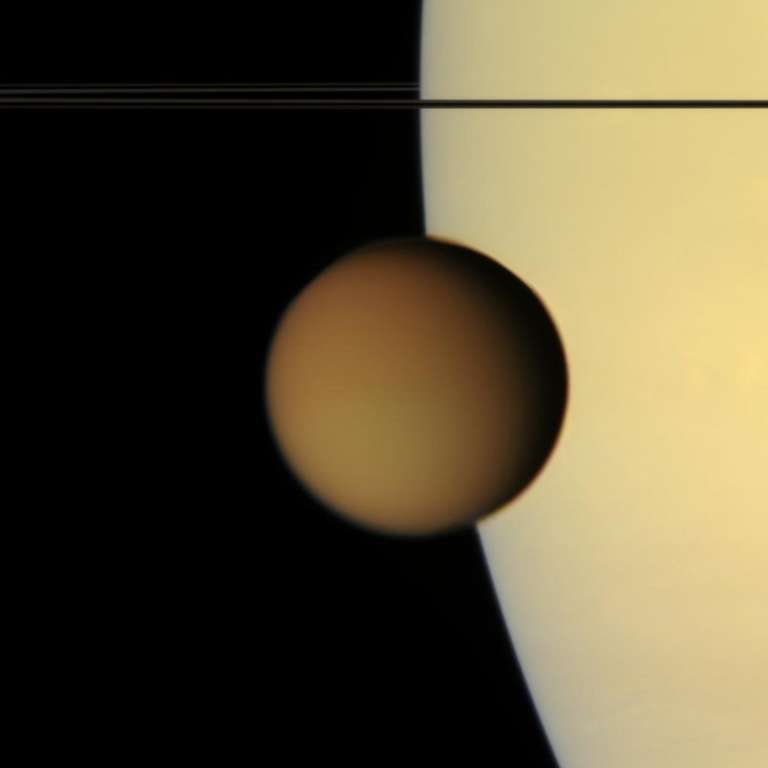
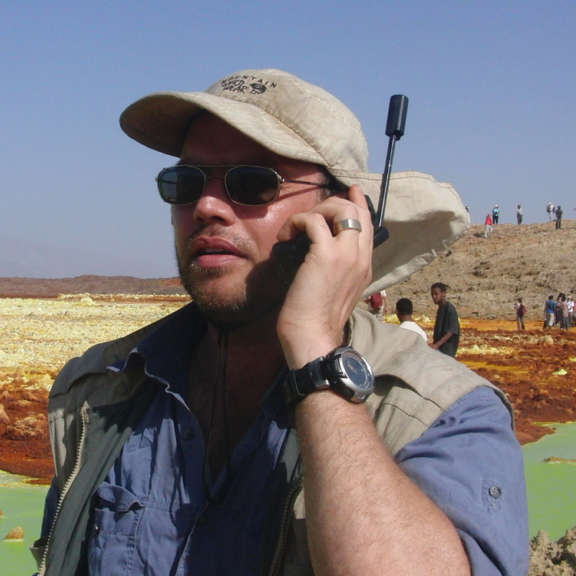
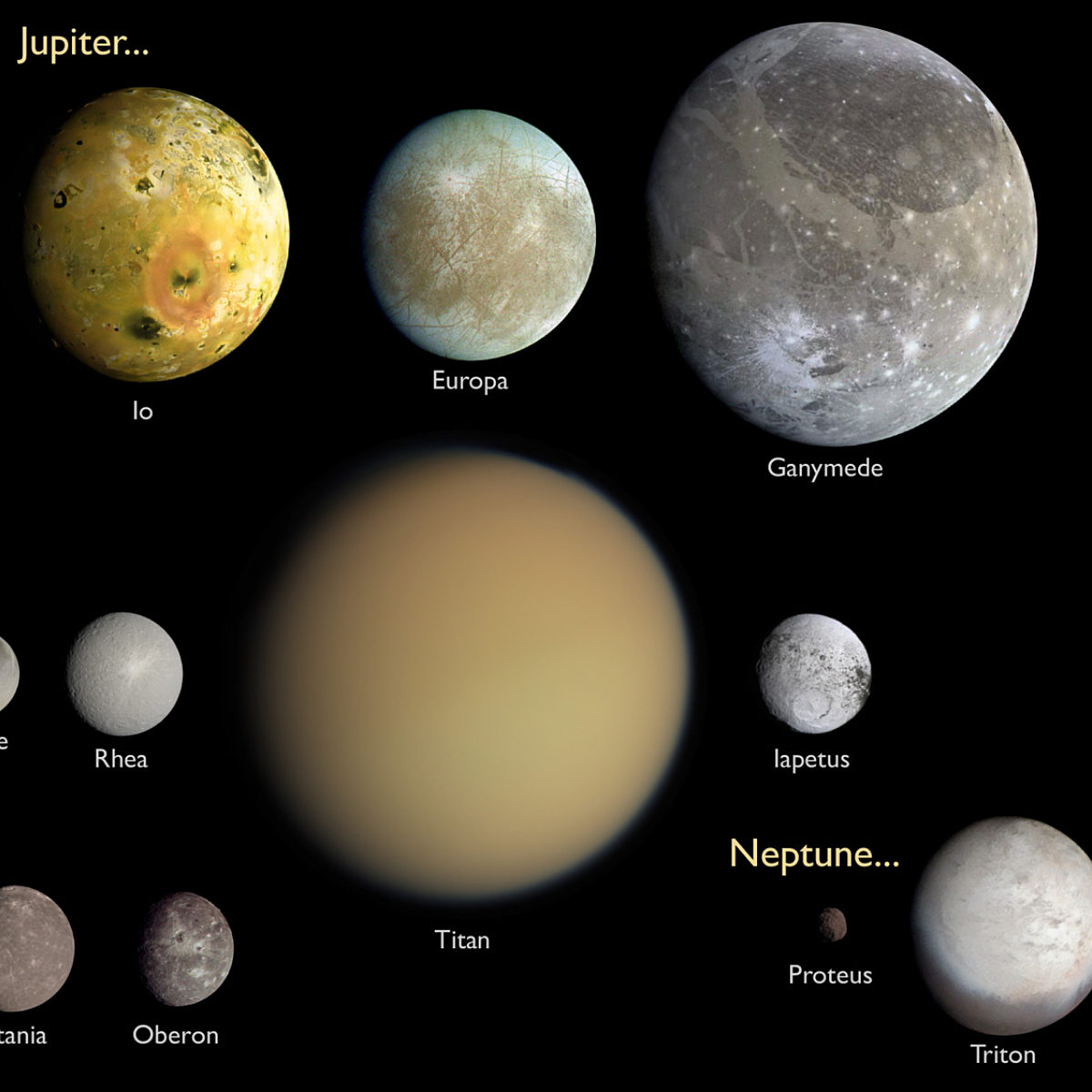

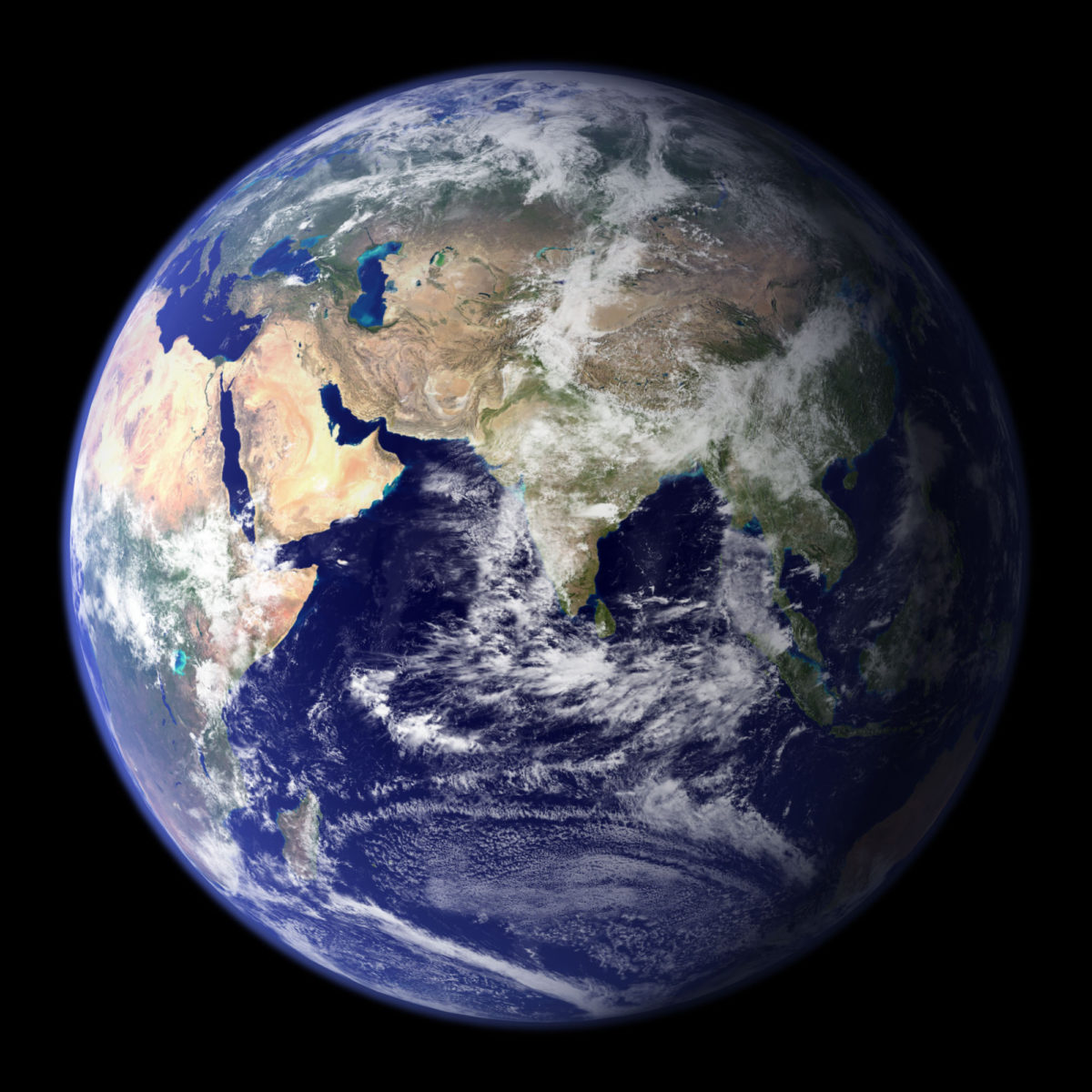

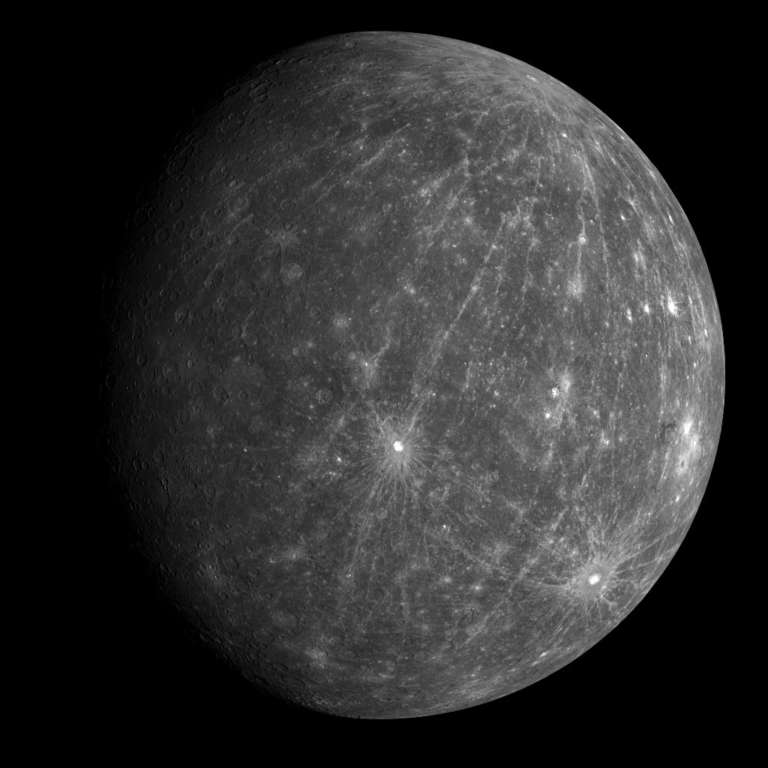

![Asteroids and comets visited by spacecraft as of December 2012, in color, excepting Vesta [DEPRECATED]](https://planetary.s3.amazonaws.com/web/assets/pictures/_1200x1200_crop_center-center_82_line/130437/20121218_asteroids_comets_sc_0-000-100_2012_color_brightened.jpg)




